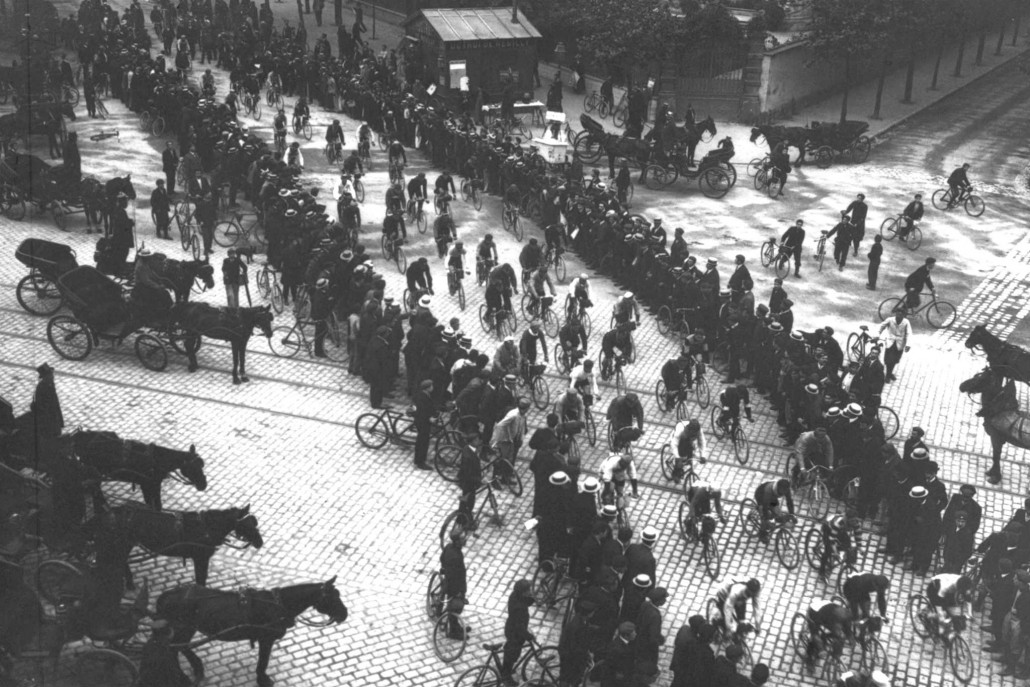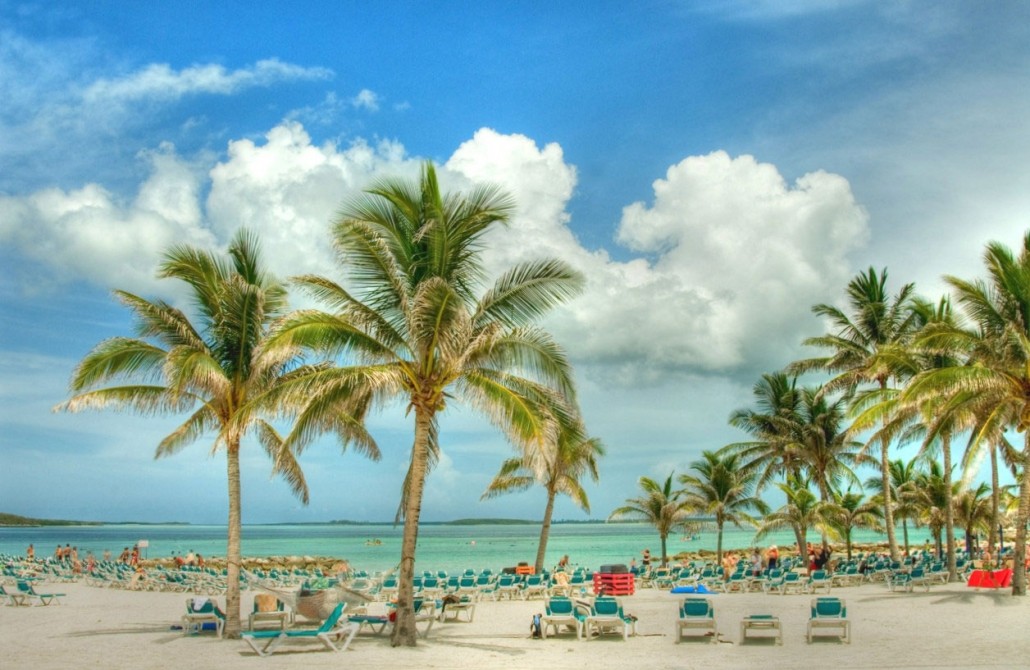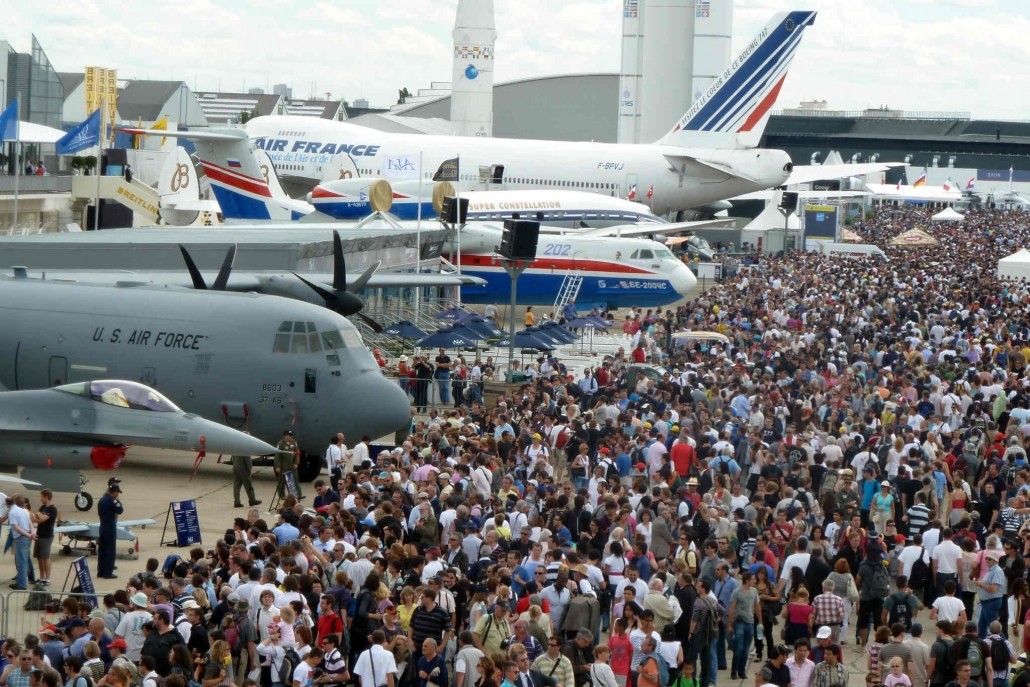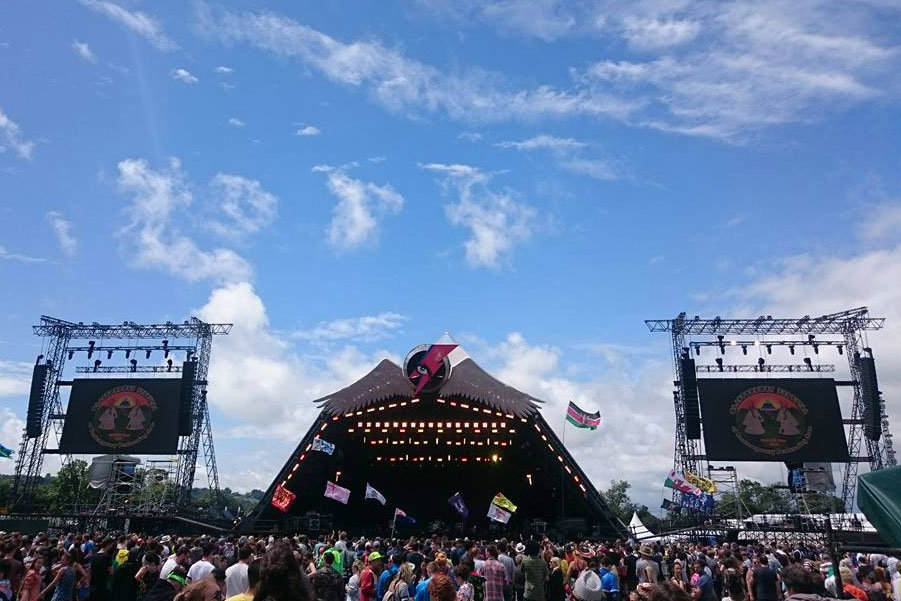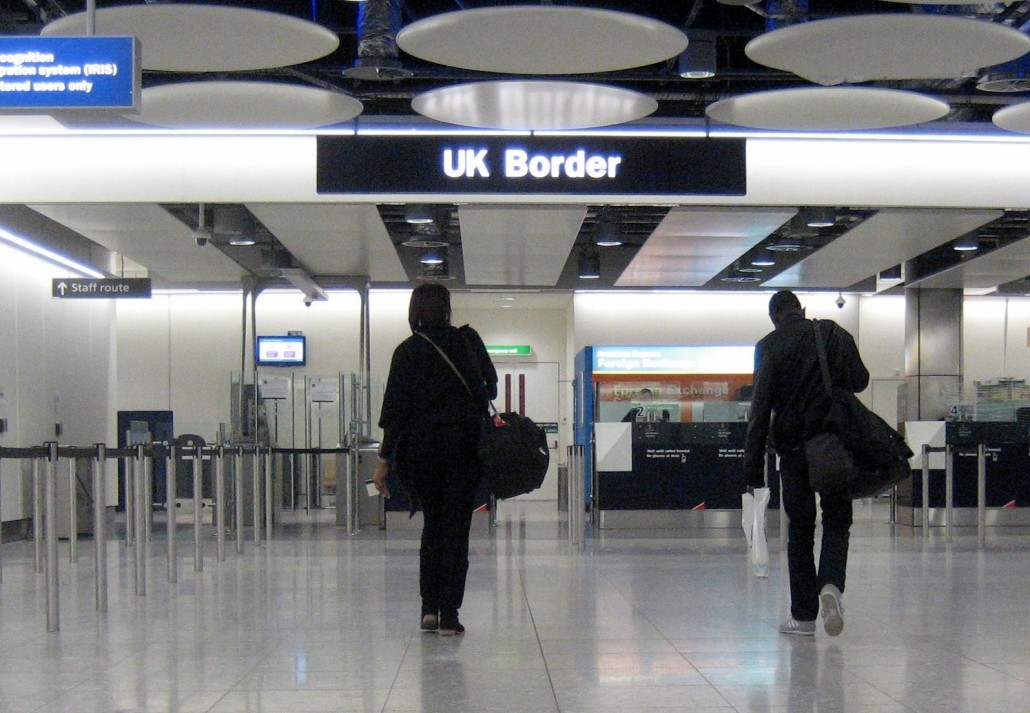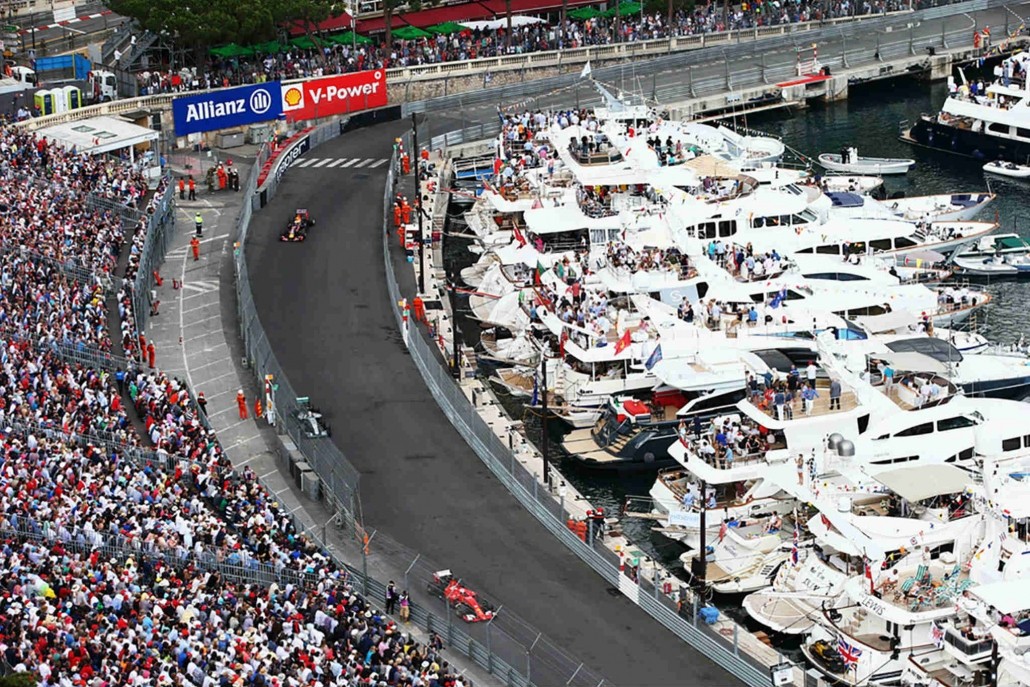This July, the German city of Hamburg will host the twelfth G20 Summit. This important event will see more than twenty Heads of State and delegates from international organizations meet at the famous Messehallen Convention Center. Read on to learn more about this influential global gathering.
What is the G20 Summit?
The G20 (which stands for “Group of Twenty”) is a key international forum for cooperation on financial and economic issues. The countries which comprise the group account for more than 80% of gross world product, and 75% of global trade. They are also home to over 60% of the world’s population.
The G20 consists of 19 countries, together with the European Union as an entity. These are Argentina, Australia, Brazil, Canada, China, France, Germany, India, Indonesia, Italy, Japan, Mexico, Russia, Saudi Arabia, South Africa, South Korea, Turkey, the United Kingdom, and the United States of America.
Several influential organizations also participate in the G20 summit, including the International Monetary Fund (IMF), the Organization for Economic Cooperation and Development (OECD), the United Nations (UN), the World Bank (WB), and the World Trade Organization (WTO).
Discussions at G20 meetings aim to bring about economic reform at both national and multinational levels. The summit is an informal forum, with no legal requirement to uphold the decisions taken. However the discussions are of crucial importance in fostering international alliances and helping to steer the course of the global economy.
During the global financial crisis in 2008, it became apparent that the situation required international cooperation at the highest levels of government. Previously, the G20 summit had involved finance ministers and central bank governors. However, due to the urgency of the circumstances the meeting was changed to include heads of state. This remains the case today, and the G20 is now considered one of the world’s most important forums for international economic cooperation.

World leaders gathered at the 2016 G20 Summit in Hangzhou, China.
What Issues Will Be Discussed at the G20 Summit?
The G20 summit addresses ways to achieve strong and balanced global economic growth, as well as to boost employment and living standards worldwide. International trade has been one of the main items on the agenda since the first G20 summit was held in Washington DC in 2008, as economic growth and sustainable employment are seen as being largely dependent on free trade. Several other significant issues are closely linked to economic policy, including climate change, global development, labor market conditions and the impact of emerging technologies.
Delegates will be seeking to build on the achievements of the last G20, which was held in Hangzhou, China in 2016. Major talking points at this year’s gathering are likely to include refugee policy in Europe and counter-terrorism measures, both of which are currently high on the domestic political agenda in the host nation, Germany.
Hamburg: Germany’s Second City
The G20 Summit will be held in the city of Hamburg, a major trade hub which is home to Europe’s third-largest port. It is considered one of the most beautiful cities in Germany, as well as being an economic powerhouse. Hamburg boasts the highest per-capita gross national product in the country, and ranks fourth among European cities in terms of economic performance (preceded only by London, Luxemburg and Brussels).
With a lively, cosmopolitan atmosphere and long history of international relations, Hamburg is an ideal location for the event.
Further Information
The twelfth G20 Summit takes place at the Messehallen Convention Center in Hamburg, from 7–8 July, 2017. To find out more about the build up to the event and to view the full agenda, please visit the official website.
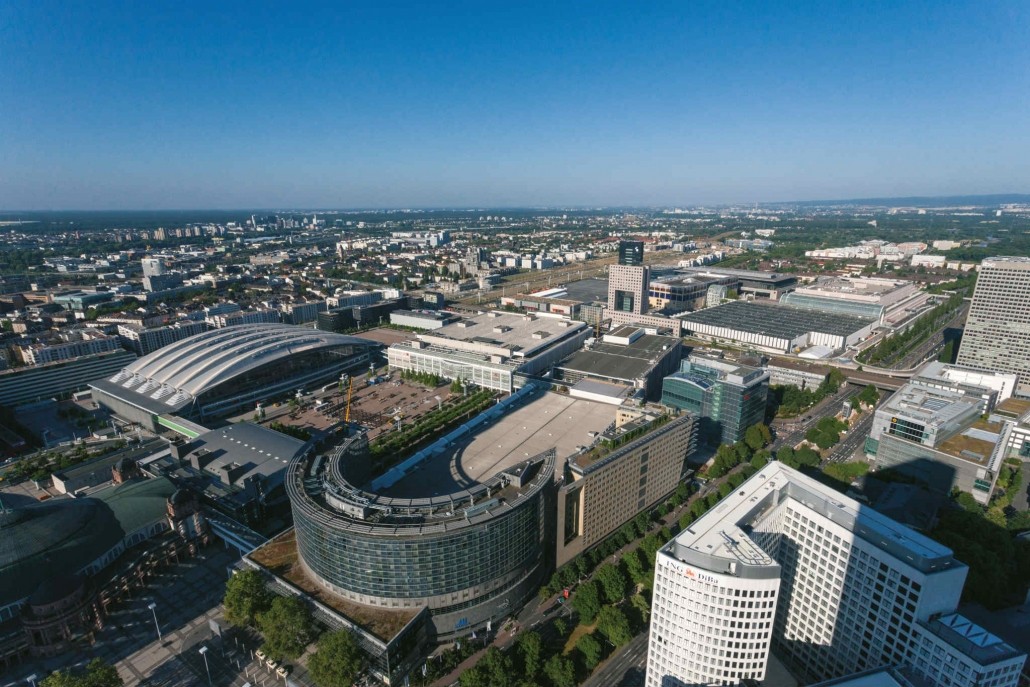
Hamburg’s Messehallen Convention Center will host the G20 Summit from 7–8 July, 2017.
Flying to Hamburg
The principal airport for travel to Hamburg is Hamburg Airport (IATA: HAM, ICAO: EDDH). Hamburg serves as an Airport of Entry (AoE), and is open from 04:00 – 20:59 UTC.
Hamburg Airport is located approximately 9km north of the Messehallen Convention Center. It caters to General Aviation (GA), and provides a full range of ground handling services. VIP passenger and crew lounges are also available.
Landing permits are required only for scheduled commercial and charter flights, and have a processing time of two working days. Visas may be required for passengers and crew, depending on nationality. Prior Permission Required (PPR) and airport slots are both mandatory, and take at least 48 hours to arrange. Long term parking is available, subject to availability. Helicopter transfers can also be arranged.
Please note that due to the additional security requirements in place for the arrival of the VIP delegates attending the G20, some travel disruption may be expected. No general aviation traffic will be accepted at EDDH from July 1 – 9, as the section of the airport which usually caters to GA will be assigned especially for this purpose. To find out more, please visit the airport’s official website.
The nearest alternate airports and their distances from Hamburg Airport are as follows:
- Hamburg Finkenwerder Airport (XFW / EDHI) – 31km
- Lübeck Blankensee Airport (LBC / EDHL) – 77km
- Bremen Airport (BRE / EDDW) – 129km
Arrange Your Trip to Hamburg with Jetex
Traveling to Hamburg for the G20 summit? Contact our team today to arrange your trip!
Jetex delivers world-class trip support services, including in-house flight planning, ground handling, fuel uplifts and bespoke concierge services. Our dedicated operations teams are on standby 24/7 in Dubai, Miami and Beijing. We will look after all the technical details of your journey, allowing you to relax and enjoy your trip.
In addition, you can enjoy VAT exemption on fuel in Germany with Jetex. Enroll in our VAT exemption program today, and experience the benefits of VAT-free fueling in 18 European countries. For further details, please contact vat@jetex.com.
To find out more about our services, please contact us on +971 4 212 4000 or email info@jetex.com.



